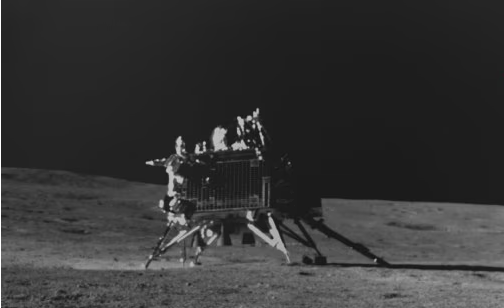Chandrayaan 3: Vikram lander generated ‘ejecta halo’ on lunar surface. What does it mean?
-
by cobra_admin
- 60

When Vikram lander of Chandrayaan-3 touched down on the Moon’s surface on August 23, it resulted in a lunar phenomenon called ‘ejecta halo.’ Scientists from the Indian Space Research Organisation (ISRO) and the National Remote Sensing Centre (NRSC) have now published a paper highlighting the significance of ‘ejecta halo’, which has helped the space agency understand more about the lunar surface.
According to a post by the ISRO on X, scientists have “estimated that about 2.06 tonnes of lunar epi regolith were ejected and displaced over an area of 108.4 m² around the landing site”. Epi regolith is nothing but the top layer of the lunar surface, which is made out of lunar rocks and soil, commonly known as moon dust.
When Vikram lander of Chandrayaan-3 touched down on the Moon’s surface on August 23, it resulted in a lunar phenomenon called ‘ejecta halo.’ Scientists from the Indian Space Research Organisation (ISRO) and the National Remote Sensing Centre (NRSC) have now published a paper highlighting the significance of ‘ejecta halo’, which…
When Vikram lander of Chandrayaan-3 touched down on the Moon’s surface on August 23, it resulted in a lunar phenomenon called ‘ejecta halo.’ Scientists from the Indian Space Research Organisation (ISRO) and the National Remote Sensing Centre (NRSC) have now published a paper highlighting the significance of ‘ejecta halo’, which…